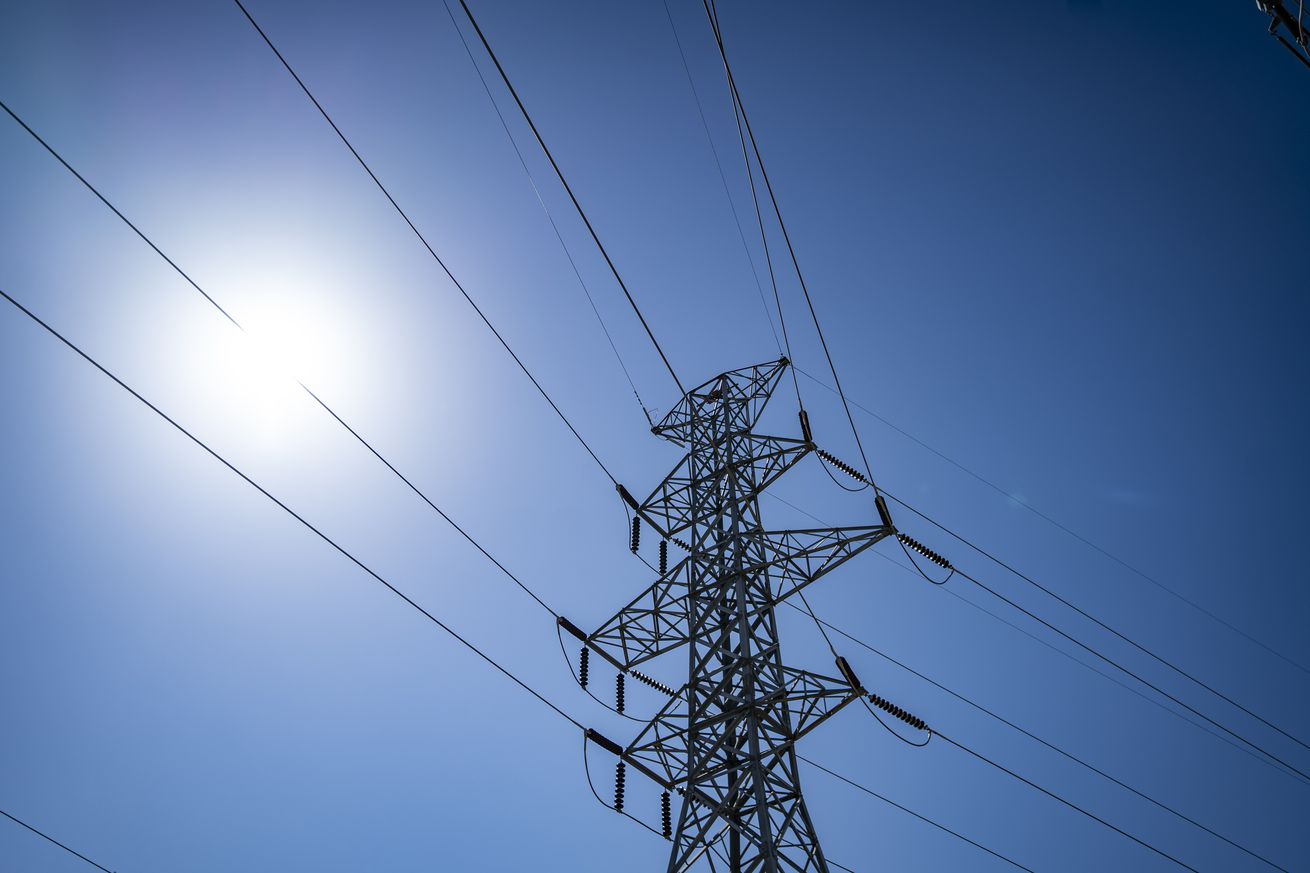
Heatwaves are stressing out power grids all over the world
Heatwaves are pushing power grids to their brink around the world — a risk that can make an already dangerous situation deadly.
When temperatures spike, people tend to need air conditioning the most. But that can put a lot of pressure on a power grid, potentially triggering a blackout if there isn’t enough electricity on hand. That’s the worst-case scenario grid operators across the world are scrambling to prevent.
The worst-case scenario grid operators across the world are scrambling to prevent
Close to 28.8 million people are under heat alerts today in the US. Texas grid operator ERCOT broke its June record for electricity demand on Monday after issuing a “weather watch” for June 15th through 21st and asking residents to voluntarily conserve energy. In Texas and across the border in Mexico, temperatures soared above 110 degrees Fahrenheit (43 degrees Celsius). A state of emergency was briefly declared Tuesday by Mexico’s National Center for Energy Control as electricity supplies dipped to their lowest levels since a 2021 cold snap.
India and China have been suffering through extreme heatwaves since April. Power outages in India this week have also robbed people of air conditioning and running water. Recently, the heat has killed scores of people in northern India, flooding hospitals and morgues. Beijing shattered a June temperature record today of around 106 degrees Fahrenheit (41 degrees Celsius). Cities that are industrial powerhouses in southern China urged residents and businesses to save energy, and the country’s National Energy Administration staged an emergency drill last Thursday to prepare for possible outages this summer.
And those are just the headlines recently. While all these crises deserve attention, they’re becoming a horrible new routine with climate change. Record-shattering heatwaves are the forecast for the future as global temperatures continue to rise. And extreme heat is already taking a greater toll now. A study of more than 13,000 cities around the world found that the number of people exposed to extremely hot, humid days in a given year tripled between 1983 and 2016. Power grids have also become more vulnerable; 2020 was a record-breaking year for blackouts in the US due mostly to extreme weather events and wildfires.
Unfortunately, air conditioning is a double-edged sword. It can save lives by keeping people cool, but it also sucks up a lot of energy and produces greenhouse gas emissions as a byproduct. To adapt to a warming world, there are going to have to be solutions that aren’t just cranking up the AC.
Cities are redesigning neighborhoods to trap less heat, for instance. Officials are starting to warn people about heatwaves like they do with severe storms, with some cities even considering giving heat spells names. And the EU and US are trying to encourage people to adopt heat pumps, which can heat and cool homes more efficiently than other appliances and are better at dehumidifying the air than standard air conditioners.
Tackling the root of the problem, though, means preventing global temperatures from rising much further. And that leads back to our energy infrastructure, too. Switching to clean energy is the only way to tackle the climate crisis so that power grids won’t be hit with escalating disasters.

